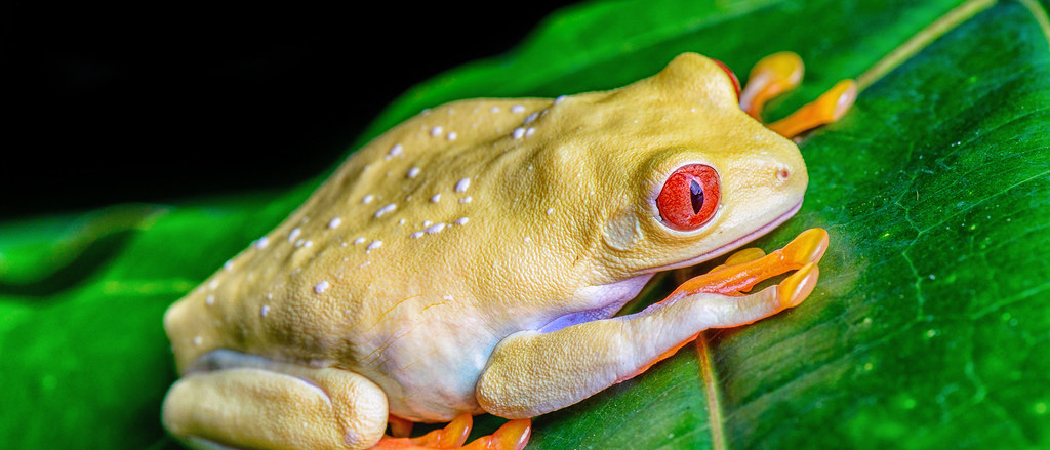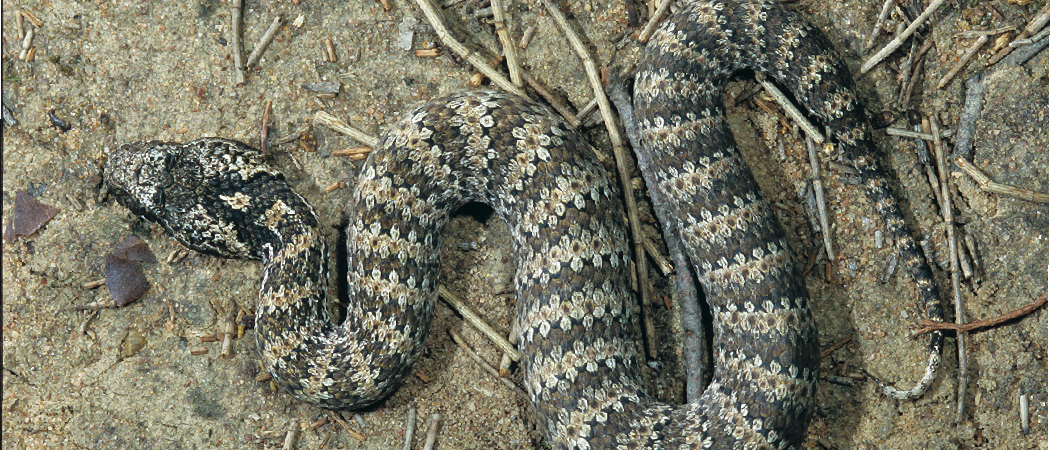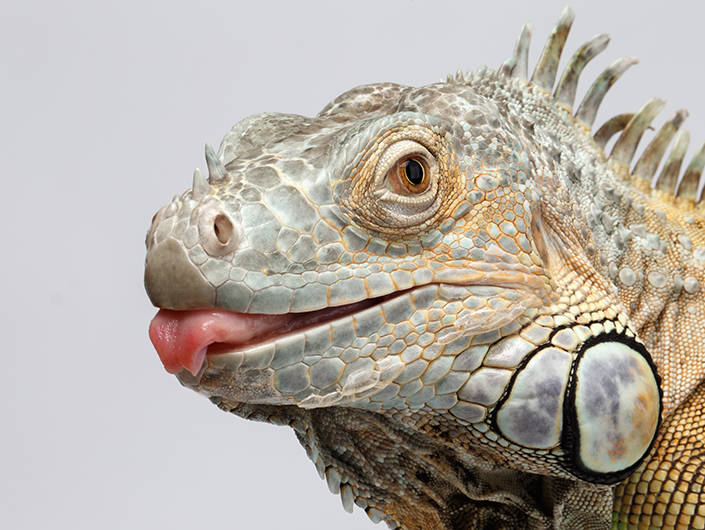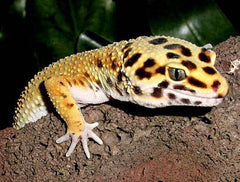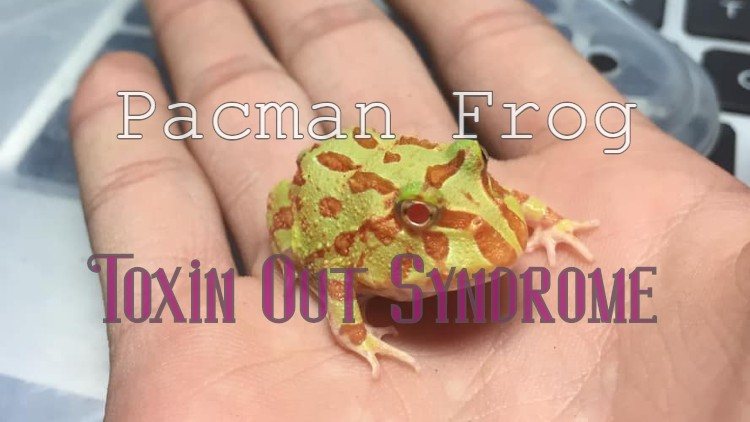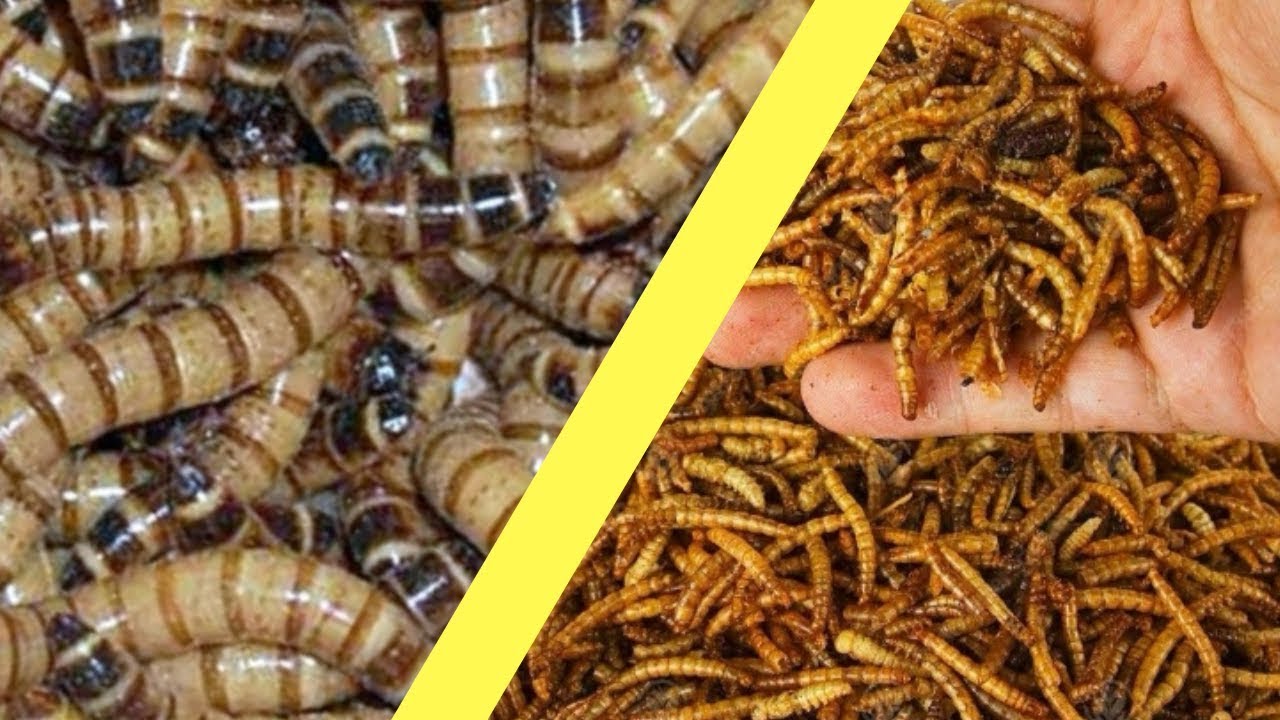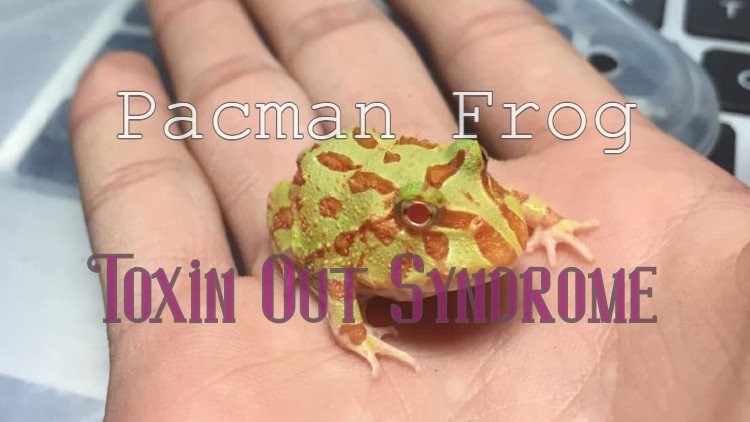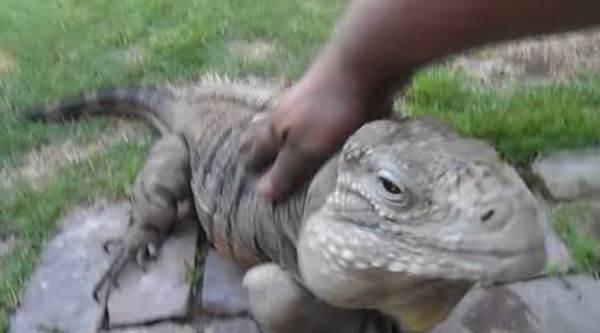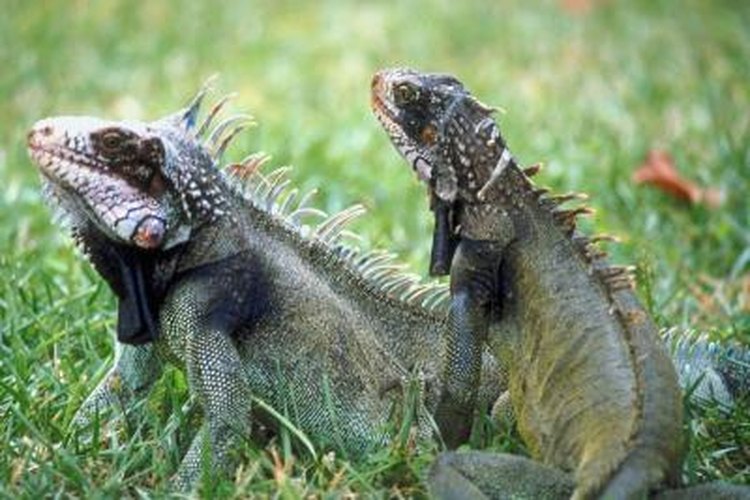White Spots on Red Eyed Tree Frog
White spots on Red Eyed Tree Frogs are a common symptom of the disease red leg. Bacteria cause Red Leg Disease, specifically Aeromonas hydrophila, which enters through breaks in the frogs’ skin or through their respiratory system. The symptoms usually appear between two to three weeks after infection and include white patches on the frog’s …

